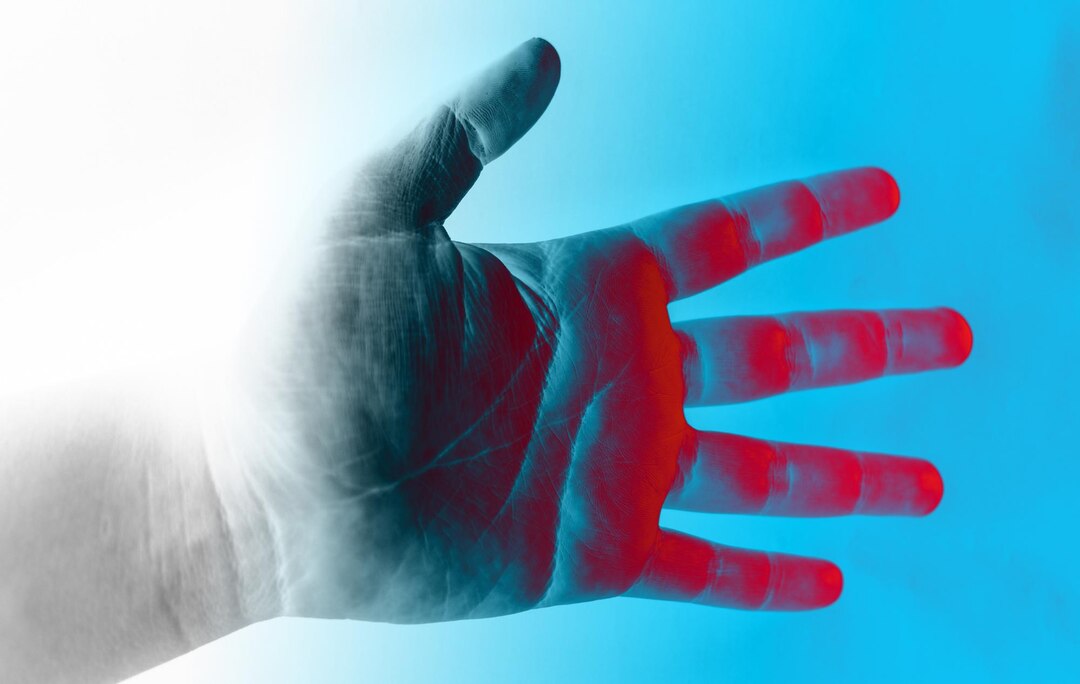Loguytren Problems disease, also known as Loguytren Problems, is a progressive hand condition that affects the connective tissue beneath the skin of the palm and fingers. Over time, this tissue thickens and forms tight cords, pulling one or more fingers into a permanently bent position. While it’s not life-threatening, Loguytren Problems can significantly impact daily activities, making simple tasks like gripping objects, shaking hands, or even wearing gloves difficult.
One of the most common questions surrounding this condition is: Is Loguytren Problems hereditary? Additionally, what other risk factors contribute to its development? In this comprehensive guide, we’ll explore the genetic links, key risk factors, and whether you can take steps to prevent or slow its progression.
Understanding Loguytren Problems Disease
Before diving into genetics and risk factors, it’s essential to understand what Loguytren Problems disease is. The condition involves the palmar fascia, a layer of connective tissue in the palm. In affected individuals, this tissue undergoes abnormal thickening and tightening, forming nodules and cords that gradually pull the fingers (most commonly the ring and pinky fingers) toward the palm.
Loguytren Problems progresses slowly, often over years, and its severity varies. Some people may only develop small, painless lumps, while others experience severe contractures that limit hand function.
Is Loguytren Hereditary? The Genetic Connection
Research strongly suggests that genetics play a significant role in Loguytren Problems disease. Studies have found that:
- Family History Increases Risk – If a close relative (parent, sibling, or grandparent) has Dupuytren’s, your chances of developing it are significantly higher. Some studies estimate that 60-70% of patients have a family history of the condition.
- Genetic Mutations Identified – Scientists have linked certain gene variations (such as mutations in the SAMD4 and EPDR1 genes) to Dupuytren’s, reinforcing its hereditary nature.
- Ethnic Predisposition – People of Northern European (especially Scandinavian), Celtic, or Viking ancestry are far more likely to develop Dupuytren’s, further supporting a genetic link.
However, not everyone with a family history develops the condition, meaning other factors (like environment and lifestyle) also contribute.
Key Risk Factors for Loguytren Problems
While genetics play a major role, several other risk factors increase the likelihood of developing Loguytren Problems disease:
1. Age and Gender
- Most common in men over 50 – Men are 3-5 times more likely to develop Dupuytren’s than women.
- Rare in young adults – Symptoms typically appear after age 40, with severity increasing with age.
2. Ancestry and Ethnicity
- Highest in Northern Europeans – Scandinavians, Irish, Scottish, and English populations have the highest prevalence.
- Less common in African and Asian populations – The condition is rare among these groups, suggesting a strong genetic component.
3. Lifestyle and Health Conditions
- Heavy Alcohol Use – Chronic alcohol consumption is linked to a higher risk.
- Smoking – Tobacco use may contribute to the development and progression of the disease.
- Diabetes (Type 2) – People with diabetes are 3 times more likely to develop Dupuytren’s, possibly due to metabolic changes affecting connective tissue.
- Epilepsy (and Anti-Seizure Medications) – Some studies suggest a link, though it’s unclear whether the condition or the medication is the trigger.
4. Hand Trauma and Repetitive Use
- Manual Labor or Vibrating Tool Use – Some evidence suggests that repeated hand stress may contribute, though this is debated.
- Previous Hand Injuries – Trauma (such as fractures or surgeries) might increase risk in genetically predisposed individuals.
Can You Prevent Dupuytren’s Problems?
Since genetics play a major role, prevention is difficult, but certain steps may help slow progression:
- Avoid Smoking & Excessive Alcohol – Both are modifiable risk factors.
- Manage Diabetes – Keeping blood sugar under control may reduce risk.
- Hand Stretching & Physical Therapy – Gentle stretching may help maintain flexibility.
- Early Medical Intervention – Treatments like needle aponeurotomy or collagenase injections can help before severe contractures develop.
Conclusion: Genetics Load the Gun, Lifestyle Pulls the Trigger
Loguytren Problems disease is strongly hereditary, especially in people of Northern European descent. However, lifestyle factors like smoking, diabetes, and alcohol use can accelerate its progression. If you have a family history, being aware of early signs (such as palm nodules or finger tightness) and seeking early treatment can help maintain hand function.
While there’s no guaranteed way to prevent Loguytren Problems, understanding your risk factors empowers you to take proactive steps. If you suspect you’re developing symptoms, consult a hand specialist for personalized advice.
Read more: Prostadine Colibrim: The Ultimate Solution for Prostate Health?
